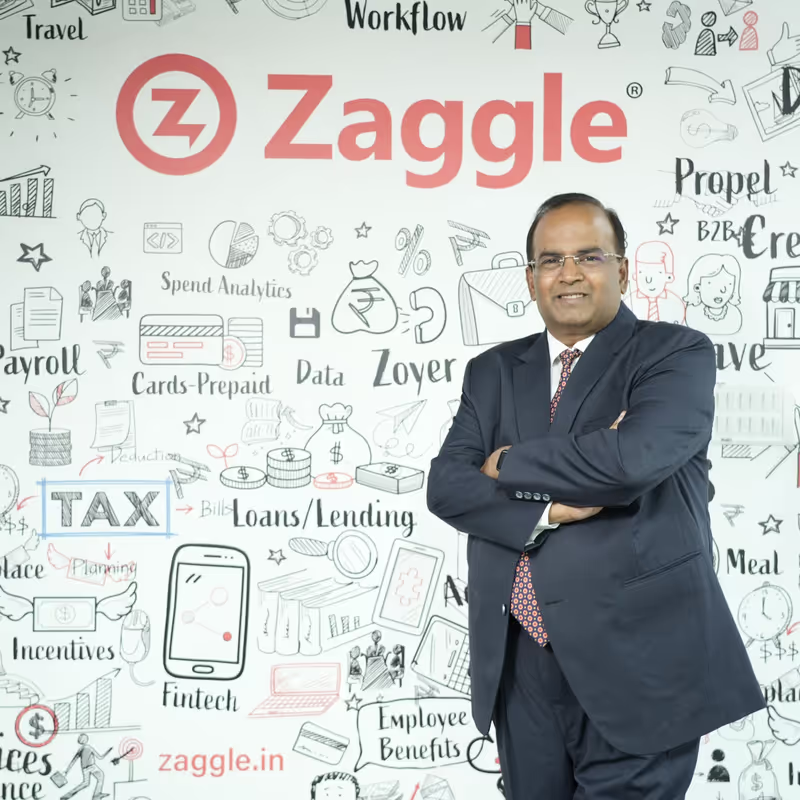 What if someone offered you services that are cheap, fast and good? In this world of disruptive ideas, we have cab companies like Uber and Ola (which don’t own cars) that offer all these, e-retail giants like Amazon and Flipkart (which don’t own inventory) that offer all these, accommodation service companies like AirBnB and OYO Rooms (which don’t own lodges) that offer all these. And these are the most successful businesses of the day!
What if someone offered you services that are cheap, fast and good? In this world of disruptive ideas, we have cab companies like Uber and Ola (which don’t own cars) that offer all these, e-retail giants like Amazon and Flipkart (which don’t own inventory) that offer all these, accommodation service companies like AirBnB and OYO Rooms (which don’t own lodges) that offer all these. And these are the most successful businesses of the day!
That’s what we have set out to offer through PeerLend. It’s all about lending by empowering people like you and me, a game changing innovation in managing small credit. Read on…
Peer-to-Peer Lending, or P2P Lending for short, is about individuals transacting between themselves for small ticket size personal loans, without the need to go through a financial intermediary such as a bank or any other financial institution. It is an exciting new way and a very efficient model that matches people who want to lend with people who want to borrow, giving everyone a better deal.
The P2P business model is starkly different from that of traditional banks. P2P platforms don”t lend their own funds – they act as a platform to match borrowers who are seeking a loan with lenders who are willing to lend to them through the P2P platforms.
Why does one choose Peer-to-Peer lending?
P2P lending provides a new uncorrelated asset class for lenders and helps borrowers get quick hand loans at better interest rates.
With P2P lending, lenders are attracted to an alternative to the paltry interest rates provided through a traditional bank or looking or for an alternative to the stock market. Current returns average about 19% – 24%, which is certainly very attractive, especially if it is diversified into large pools of pre-qualified borrowers.
Borrowers have found peer-to-peer lenders more receptive to their needs with quicker funding speed even though they are subject to similar credit checks like banks. For most borrowers, however, the main advantage of P2P loans is that they get lower APR than those available from banks, credit cards and other mainstream lenders. P2P lending gives them the chance to explain why they have bad credit, allowing lenders to see the moral of their story, not just the numbers.

What Makes Peer-to-Peer Lending Different From Traditional Bank Loans?
Unlike traditional bank loans where a potential borrower goes to the financial institutions and banks and applies for funding, peer-to-peer loans connect these borrowers directly with retail investors. Borrowers need to be upfront with what the borrowed money will be used for just like they would with a bank, but with p2p loans there is far less paperwork and red tape to deal with.

Primary Reasons People Borrow P2P Loans
There are various reasons to borrow through peer-to-peer lending sites; some of the main reasons are to consolidate debt at a lower interest rate. P2P Lending is the most effective way to meet the immense demand for hand loans in India where traditional borrowing for relatively small sized loans is mostly informal and ridden with high transaction costs, significant collateral needs, and long lead times.
The flexibility that peer-to-peer loans bring to borrowers has helped thousands of people fund their small business startups, pay off credit cards, pay for medical procedures, make home improvements as well as fund large purchases such as automobiles.
Are P2P lending platforms merely matchmaking platforms?
P2P platforms do much more than just “match making”. Some of the responsibilities of P2P platforms are as follows –
- Lender / Borrower verification and Onboarding (borrower verification is much more detailed and involves multiple steps)
- Loan Agreement Document preparation and Security cheques collection from Borrowers
- Provide insurance to the Lender”s money
- Follow up with Borrowers for timely EMI payments
- Assisting the Lender during a default
- Dashboards and Tools to monitor and track loans (web and mobile apps)

Advantages For Borrowers That Take Out a P2P Loan
- Lower interest rates in comparison to banks, credit cards, gold loans and traditional cash markets
- You get a fixed-rate
- No penalty for prepayment or part-payment
- It’s super-simple & quick to apply for
Advantages of Investing In P2P Loans
- You can earn a healthy 19-24% return
- You get to decide the interest rates and not the market
- Peer-to-Peer Lending Risks versus Stock Market Risk: P2P Far More Stable
- Interest rates do not change during the loan tenure
- P2P Investments Are Easy To Understand
- Sense of personal satisfaction by lending money to other needy people
About Author
As Founder & CEO, Sanjay is leading the business development strategy to bring together lenders and borrowers to transact with ease, convenience, and peace of mind. He founded PeerLend based on a simple observation that Crowd-Lending is the most effective way to meet the immense demand for hand loans in India where traditional borrowing for relatively small sized loans is mostly informal and ridden with high transaction costs, significant collateral needs, and long lead times. Sanjay brings in more than 15 years of business technology strategy and management experience having led product design and solution delivery across diverse sectors such as Financial services, Insurance, Utilities and Retail.
Sanjay holds an executive M.B.A. from Indian Institute of Management, Calcutta, and earned his Masters in Computer Applications from Osmania University.








